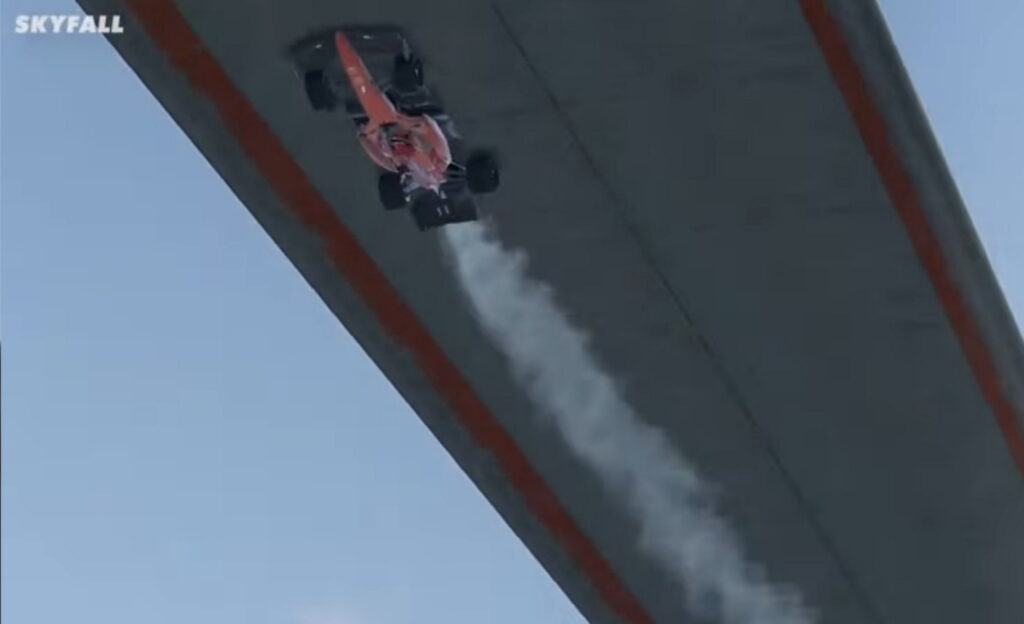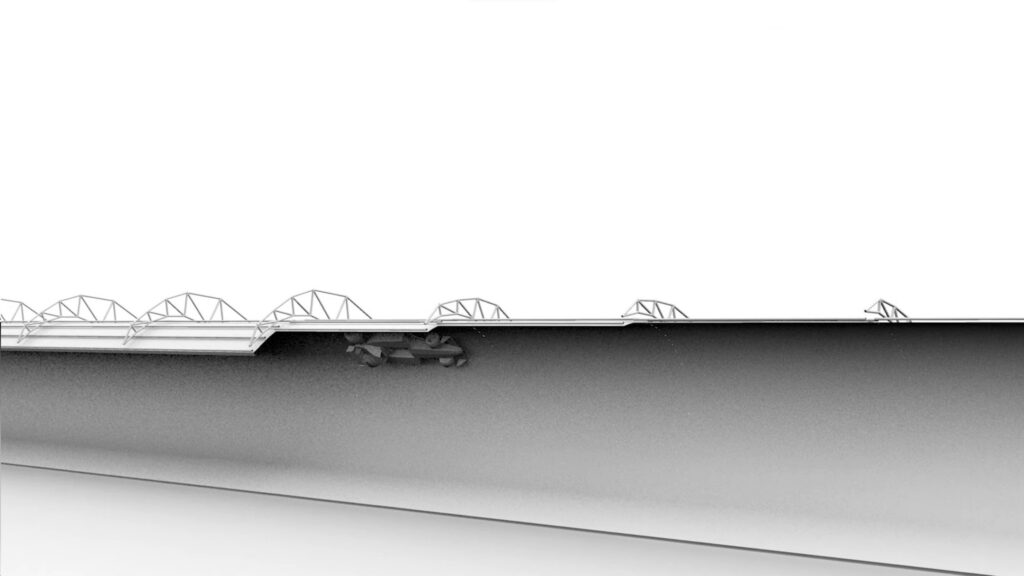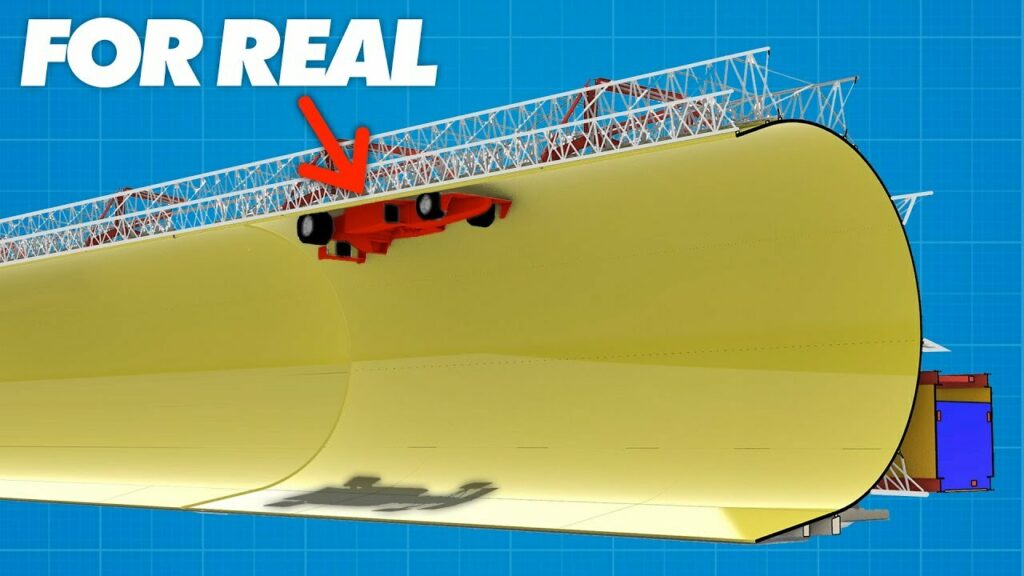For years now, we’ve heard that Formula One cars, and other racecars, produce so much aerodynamic downforce that they could be driven upside down. However, finding a way to actually do that has always been considered so difficult that it couldn’t really be done. But YouTube channel Driver61 thinks that it can.
Racecar driver Scott Mansell will be the man behind the wheel, and says that he has already poured hundreds of thousands of dollars into making this project a reality. However, it won’t surprise you to learn that he still faces significant challenges before he can actually do it.
While driving a car upside down sounds preposterous, it’s theoretically easy. All you really need is a car that can generate more downforce than it weighs. For instance, modern F1 cars weigh around 1,760 lbs (798 kg) and can generate around 8,818 lbs (4,000 kg). Since an F1 car generates five times its own weight in aerodynamic downforce, it could easily hold itself up against the roof of a tunnel if it suddenly found itself there.
However, while generating enough downforce to hold a car up is easy, just about every other aspect of this project is incredibly difficult. And that’s why an F1 car isn’t really the right car for this project.
Read: The Peugeot 9X8 Could Be Updated For 2024 With A Traditional Rear Wing

From a purely practical point of view, F1 cars have to go fast to generate downforce, which means that you’d need an incredibly long and strong tunnel to actually achieve this feat. Since tunnel designers don’t build roofs to be driven on, Mansell decided to find a different car to do this with.
He landed on the Empire Wraith. An open wheel racecar, it’s designed by Willem Toet, who used to be the Ferrari F1 team’s head of aerodynamics. However, the Wraith isn’t designed for big open racetracks, but rather tight, high-altitude hill climbs, which actually makes it perfect for this project.
With a few tweaks, Toet was able to design a body that could make more than 1,371 lbs (622 kg) of downforce, or (for safety) more than twice what the car weighs, which is just 686 lbs (311 kg).
While Mansell found a car that he could adapt to complete this project, he couldn’t find a tunnel that would work. In fact, he realized that tunnels are bad for this kind of project since they have harsh angles, lights, and are closed off.

Instead, he’s building half a tunnel. That will ensure that the car can climb up the walls and onto the roof smoothly, without upsetting the delicate under car aerodynamics, and causing the car to fall down. As a bonus, it also means that the stunt will be easier to film and view.
Mansell still has to solve the problem of how to get an engine to run upside down. He hopes to run his car inverted for five seconds, which would cause issues for its fluids. Although he hasn’t revealed how he solved this, one anticipates that an electric powertrain with a very small battery might be helpful.
However he solves the problem, he needs help. The point of this and other videos in this series isn’t just to build anticipation for the final stunt, it’s also to ask for backers who will help pay for everything that’s needed to make this project a reality (information on how to do that is included in the video description). We wish him luck in his endeavor, because it frankly just sounds neat.




